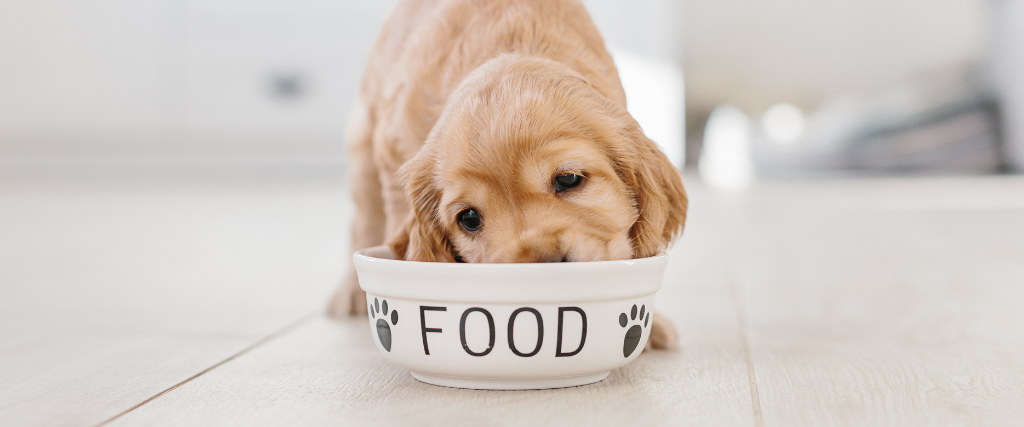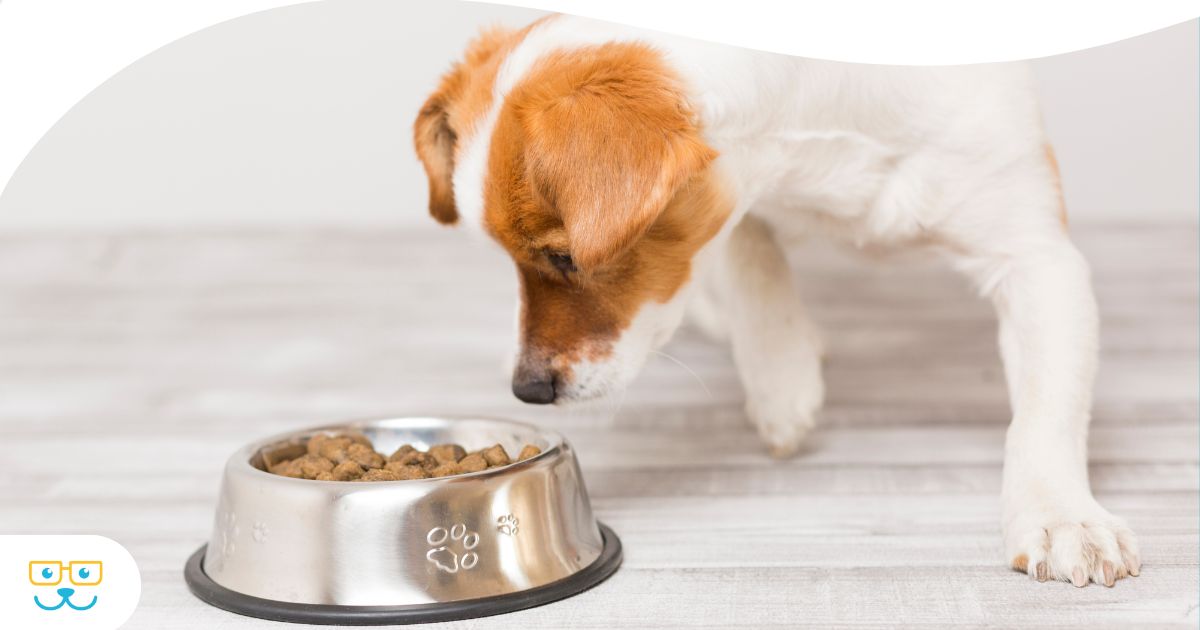Dog owners naturally want what’s best for their canine companions, with their dog’s physical health and well-being at the top of their priority list. A dog’s health is centered around the nutrients they receive every day and whether those nutrients are enough to sustain their health based on their age, activity level, and any medical issues. Pet owners often question if they’re feeding their dogs the right type of food and if they’re eating too much—especially since dogs tend to eat very quickly and beg for human food. Let’s dispel the myths surrounding dog nutrition so you can rest assured that your canine is happy and healthy.
Dog Nutritional Requirements
Dog nutrition can be confusing, with so many food options available and each one claiming to have different benefits. When selecting food for your dog, select a reputable brand that clearly states they have a veterinarian on staff who is ensuring the food is safe, nutritious, and packs all the key ingredients your dog needs to thrive.
When it comes to specific nutrients a dog needs, look for foods that contain a combination of proteins, fats, carbohydrates, vitamins, and minerals. Proper hydration is also a critical nutritional requirement.

Serving Sizes
Most dog foods have a recommended serving size on the packaging, whether wet or dry. These guidelines should be followed closely for a healthy dog of average weight. However, there are always exceptions, such as a dog that’s overweight or has a specific medical condition. Consult with your veterinarian if either of those scenarios applies to your dog to ensure they receive the proper serving size at each feeding. Purina provides a dog feeding chart to help you gauge serving sizes for healthy, active dogs.
Changing Nutritional Requirements
Just like humans, dogs have different nutritional needs based on their age. It’s important that a dog owner is feeding their dog food that is specific to their stage of life, as the nutritional value and calorie needs change as they grow from a puppy to an adult dog and eventually a senior. Just as human babies require multiple feedings daily to keep up with their quick growth, puppies do as well. Puppies require frequent feedings and food with high caloric intake since they’re very active and burn calories rapidly through quick growth and activity. As puppies transition into adult dogs at one year of age, they should be switched to adult dog food. Eventually, your veterinarian will recommend a switch to senior dog food, especially if there are weight concerns. Let your veterinarian be your guide when it comes to food transitions through the years, as they’ll take into consideration not only your dog’s age but their overall health, weight, and vitality.
When switching dog food, regardless of age, transition them slowly to avoid any gastrointestinal upset and to monitor for any unknown food intolerances. The transition process should take one to two weeks every time you switch food. Also, feed your dog on a schedule, as consistency is key to both their nutrition and routine. Toy and small breeds should be fed three to four times a day to help keep their blood sugar up, while larger breeds should be fed twice daily.
Signs of Poor Dog Nutrition
The most telling sign of poor dog nutrition is their weight. Dogs are highly susceptible to obesity if fed too much, so it’s important that a dog owner doesn’t overlook any weight gain. Check their weight on a regular basis and consult with your veterinarian if you notice some extra pounds. It’s far easier to help your dog shed a few pounds than to lose a considerable amount of weight because they’ve become obese. Your veterinarian will use something called a body condition scale, which looks at your dog’s waist and ribs to see what their ideal weight is, and if they’re close to that weight. They’ll also suggest annual blood work to make sure your dog’s organ function looks good.

Additional signs and symptoms of poor dog nutrition include:
- Dull, brittle coat
- Dry, flaky skin
- Reduced immunity
- Diarrhea or constipation
- Pancreatitis
TheAmerican Kennel Club provides further detail about medical conditions resulting from poor dog nutrition.
Prescription Diets
Certain medical conditions in dogs might require a prescription diet. Also, an overweight dog might need a prescription diet to help them lose weight more efficiently before damage is done to any organs. An overweight dog, on average, has a decreased lifespan of two years compared to their healthy counterparts. They also tend to have joint issues as a result of the extra pounds.
Food Allergies
True food allergies in dogs are actually quite uncommon. Dogs are more likely to have a food sensitivity or intolerance resulting in skin conditions, vomiting, or diarrhea. If food sensitivity is suspected, work with your veterinarian to discover the ingredient causing the reaction. This is most often done through an elimination diet, where specific ingredients are eliminated from the diet over time until the offending ingredient is discovered.
You can learn more about dog nutrition from the ASPCA. Contact us today to schedule an appointment to review your dog's diet.

